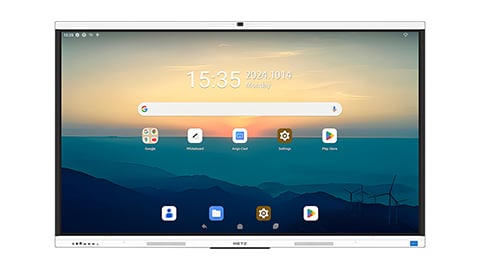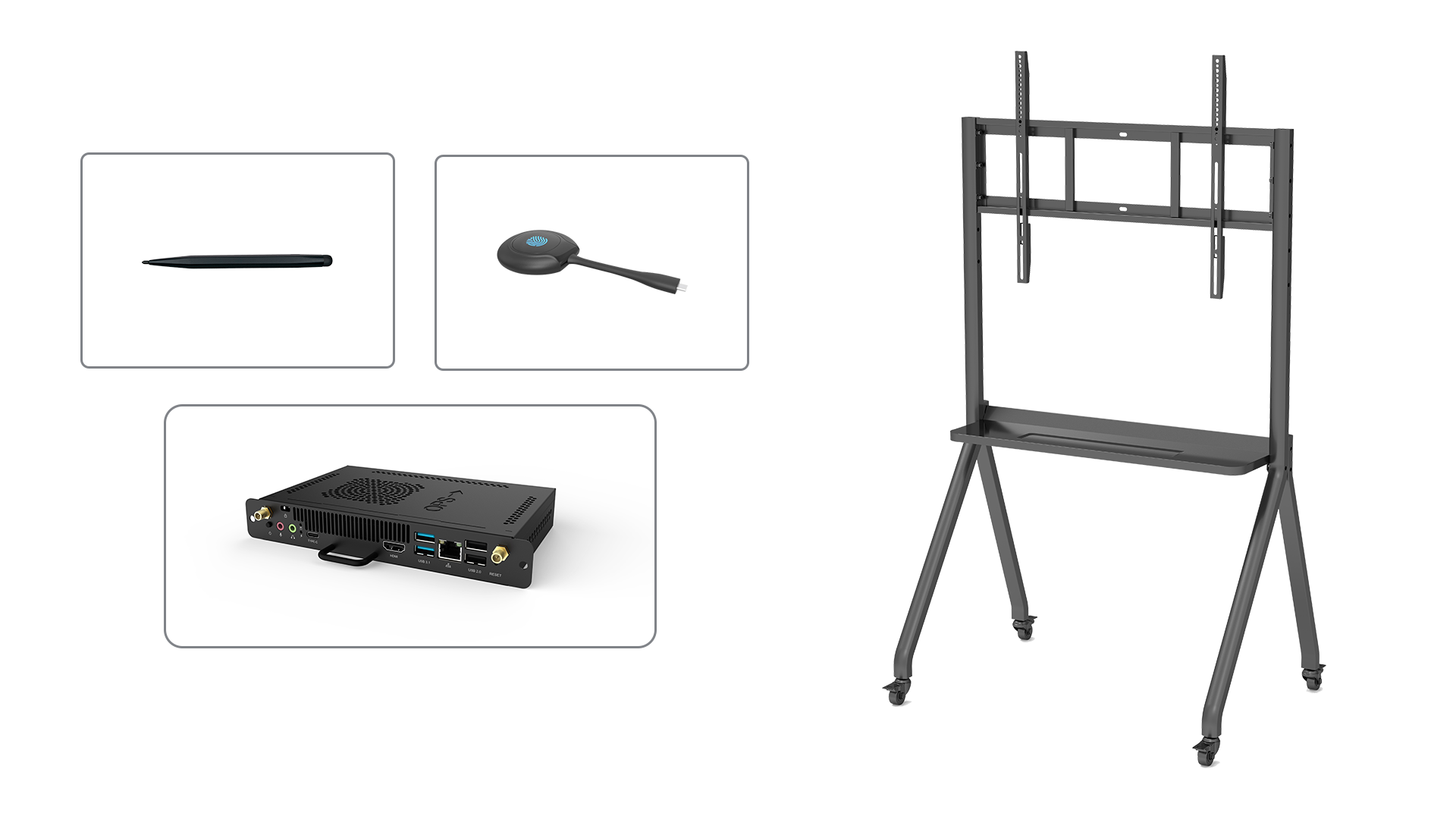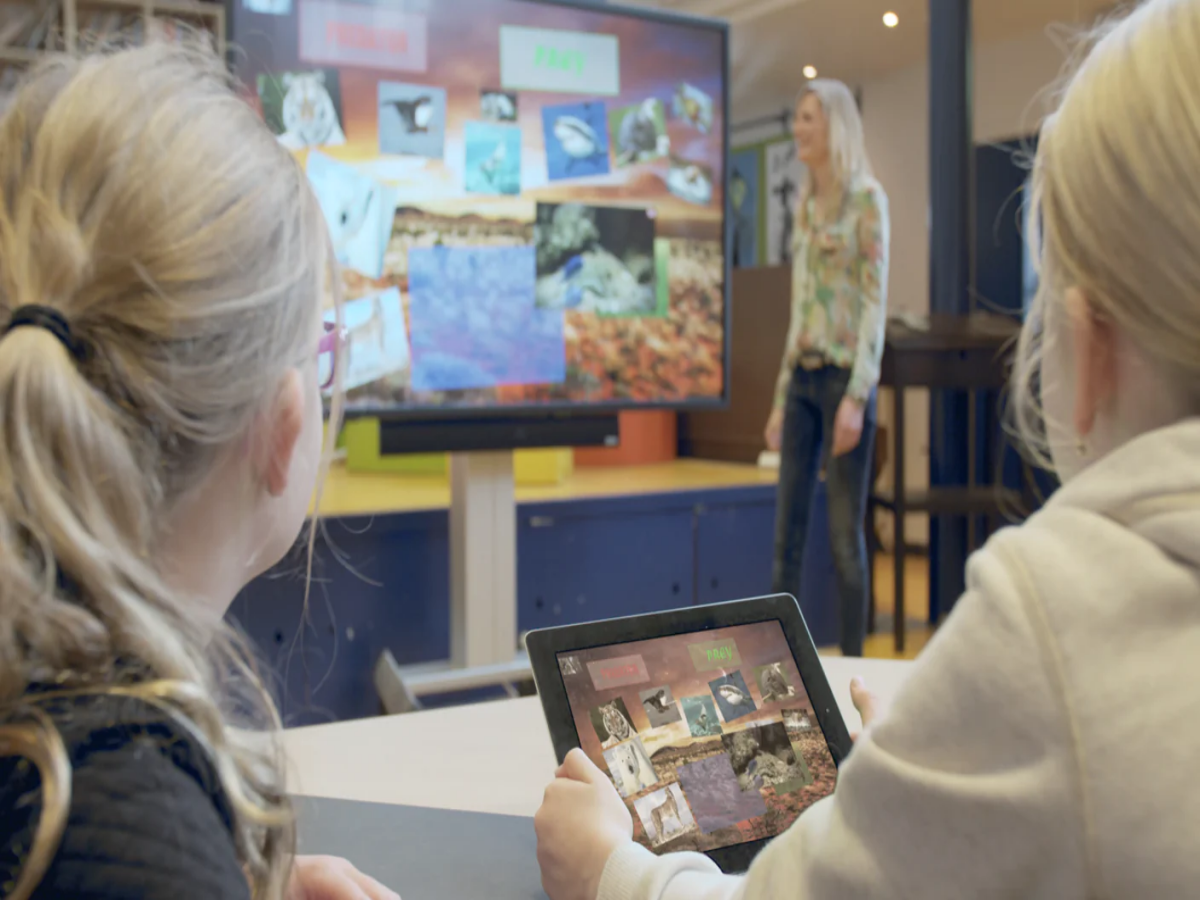Introduction
Technology has revolutionized the way education is delivered and consumed. Interactive displays are one such technological advancement that has made learning more engaging, interactive, and fun. Interactive displays are electronic whiteboards that allow teachers and students to interact with the content in real-time. They are rapidly gaining popularity in schools, colleges, and universities across the world. In this article, we will explore the benefits of interactive displays for education and how they can enhance the learning experience.
Benefits of Interactive Displays for Education
1. Improved Engagement: Interactive displays make learning more engaging by allowing students to interact with the content. They can touch, write, and draw on the display, making the learning process more interactive and fun. Students are more likely to pay attention and participate actively in the learning process when they are engaged.
2. Enhanced Collaboration: Interactive displays promote collaboration among students and between students and teachers. They can work together on projects, share ideas, and collaborate on assignments. Teachers can also use interactive displays to facilitate group discussions and brainstorming sessions, making learning more collaborative.
3. Personalized Learning: Interactive displays can be customized to suit the needs of individual students. Teachers can create personalized learning experiences by tailoring the content to the learning style and pace of each student. This can help students learn at their own pace and improve their understanding of the subject.
4. Visual Learning: Interactive displays are particularly useful for visual learners who learn better through visual aids. Teachers can use images, videos, and animations to explain complex concepts and make learning more visual and easy to understand.
5. Real-time Feedback: Interactive displays provide real-time feedback to students, allowing them to track their progress and identify areas where they need improvement. Teachers can also use the feedback to assess student performance and adjust their teaching methods accordingly.
How Interactive Displays can Enhance the Learning Experience
1. Gamification: Interactive displays can be gamified by adding game elements such as points, badges, and rewards. This can motivate students to learn and make the learning process more fun and engaging.
2. Virtual Field Trips: Interactive displays can be used to take students on virtual field trips to museums, historical sites, and other locations. This can provide students with a more immersive learning experience and expose them to new places and cultures.
3. Remote Learning: Interactive displays can be used for remote learning, allowing students to participate in classes from anywhere in the world. This can be particularly useful for students who are unable to attend physical classes due to various reasons.
4. Interactive Assessments: Interactive displays can be used for assessments, allowing students to take quizzes and tests in an interactive and engaging way. This can help students retain information better and improve their performance.
Conclusion
Interactive displays are changing the way education is delivered and consumed. They are making learning more engaging, interactive, and fun. By promoting collaboration, personalization, and visual learning, interactive displays are enhancing the learning experience for students. With their gamification, virtual field trips, and remote learning capabilities, they are also expanding the possibilities of education. Interactive displays are the future of education, and they are here to stay.






